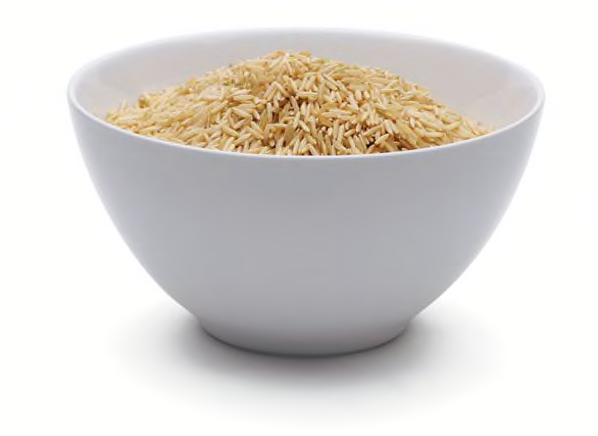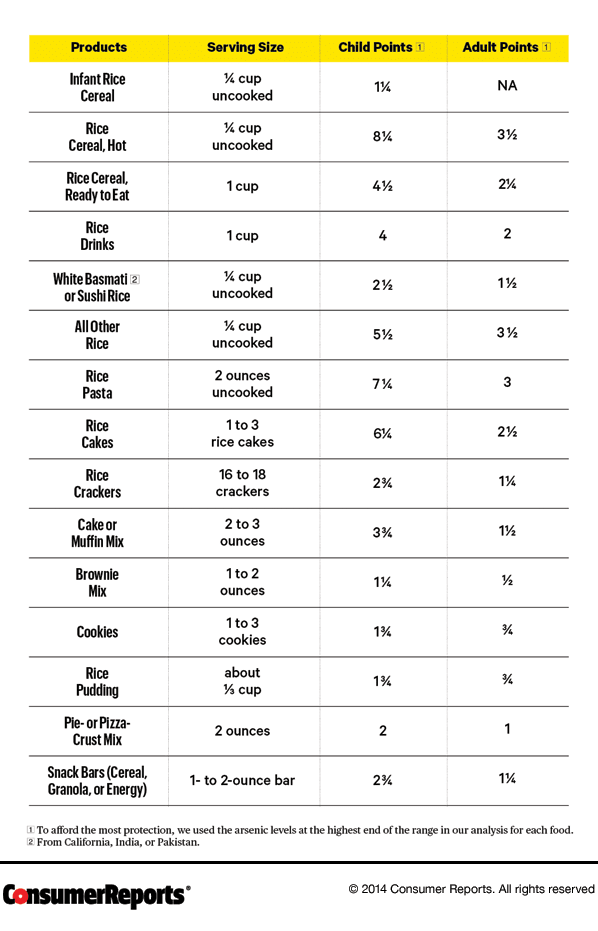"); return false; } }); } }); }); function printExec(generatePage){ var s= s_gi(s_account), overrides = {}, name = 'print'; overrides.linkTrackVars = 'events,prop48,eVar48,eVar5'; overrides.linkTrackEvents = 'event3'; overrides.eVar5 = name; overrides.events = 'event3'; overrides.prop48 = s.eVar48 = s.pageName + ' | ' + name; s.tl(this, 'o', name, overrides, function() { if (generatePage) { window.open('/content/cro/en/consumer-reports-magazine/z2015/January/arsenicInYourRiceTheLatest.print.html','win2','status=no,toolbar=no,scrollbars=yes,titlebar=no,menubar=no,resizable=yes,width=640,height=480,directories=no,location=no'); } else { window.print(); } }); return false; } function emailExec(){ var s = s_gi(s_account), overrides = {}, name = 'email'; overrides.linkTrackVars = 'events,prop48,eVar48,eVar5'; overrides.linkTrackEvents = 'event3'; overrides.eVar5 = name; overrides.events = 'event3'; overrides.prop48 = s.eVar48 = s.pageName + ' | ' + name; s.tl(this, 'o', name, overrides); jQuery('.emailPopover').dialog('open'); return false; }
Consumer Reports' new data and guidelines are important for everyone but especially for gluten avoiders
Published: November 2014
In late 2012 we released our original report on arsenic in rice, in which we found measurable levels in almost all of the 60 rice varieties and rice products we tested.
Our most recent testing and analysis gave us some new information on the risk of arsenic exposure in infants and children through rice cereal and other rice products. We looked at data released by the Food and Drug Administration in 2013 on the inorganic arseniccontent of 656processed rice-containing products. We found that rice cereal and rice pasta can have much moreinorganic arsenic—a carcinogen—than our 2012 data showed. According to the results of our new tests, one serving of either could put kids over the maximum amount of rice we recommend they should have in a week. Rice cakes supply close to a child's weekly limit in one serving. Rice drinks can also be high in arsenic, and children younger than 5 shouldn't drink them instead of milk. (Learn the new rice rules about weekly servings.)
Related Topics
- Arsenic In Your Food
In 2012, we recommended that babies eat no more than one serving of infant rice cereal per day, on average, and that their diets should include cereals made from other grains. We did not find any reason to change our advice based on our new analysis. When we shared our results with the FDA and asked for comment, the agency reiterated its recommendation that everyone, including pregnant women, infants, and toddlers, should eat a variety of grains. And they pointed out that parents should "consider options other than rice cereal for a child's first solid food."

The trouble with arsenic
Arsenic has two chemical forms, inorganic and organic (the latter of which can be less toxic), and is naturally part of the minerals in the earth's crust. (Note, here organic is a chemistry term and should not be confused with food sold as "organic.") Arsenic also has been released into the environment through the use of pesticides and poultry fertilizer. (Chickens can be fed arsenic.) Therefore, it's in soil and water. Rice tends to absorb arsenic more readily than many other plants.
Regular exposure to small amounts of arsenic can increase the risk of bladder, lung, and skin cancer, as well as heart disease and type 2 diabetes. Recent studies also suggest that arsenic exposure in utero may have effects on the baby's immune system.
The USA Rice Federation says, "Studies show that including white or brown rice in the diet provides measureable health benefits that outweigh the potential risks associated with exposure to trace levels of arsenic." Consumer Reports food safety experts believe those levels do carry a risk.
There is no federal limit for arsenic in rice and rice products. (The FDA has proposed a "action level" for arsenic in juice.) Since 2012, Consumer Reports has been calling on the FDA to set one. The agency told us: "TheFDA's ongoing assessment of arsenic in rice remains a priority for the agency. Last year, theFDAreleased what we believe to be the largest set of test results to date on the presence of arsenic in rice and rice products, and we are planning to release a draft assessment of the potential health risks associated with the consumption of arsenic in these same foods."
Learn more about Consumer Reports' work related to arsenic and food.

Answering consumers' questions
After our 2012 report, we got many questions. Two of the most common: "Are there any types of rice that are lower in arsenic?" and "Do other grains, such as quinoa, contain arsenic, too?" We now have the answers.
In addition to analyzing the FDA data on rice products, scientists at our Food Safety and Sustainability Center tested 128samples of basmati, jasmine, and sushi rice for arsenic. We combined the data with the results of our 2012 tests and FDA data on arsenic in rice for a total of 697samples of rice. We also looked at the inorganic arseniclevels in 114samples of nonrice grains. (You can read the details of our testing in our full report.)
Nicer rices
Our latest tests determined that the inorganic arsenic content of rice varies greatly depending on the type of rice and where it was grown. White basmati rice from California, India, and Pakistan, and sushi rice from the U.S. on average has half of the inorganic-arsenicamount of most other types of rice.
Our findings led us to treat those specific rices from those areas differently from other types of rice and rices grown in other regions. Based on our data, we calculated that consumers could have about twice as many weekly servings as we previously recommended if that was the only rice or rice product someone ate. For adults, that adds up to 4½ servings per week; children could have 2¾servings.
All types of rice (except sushi and quick cooking) with a label indicating that it's from Arkansas, Louisiana, or Texas or just from the U.S. had the highest levels ofinorganic arsenic in our tests. For instance, white rices from California have 38percent less inorganic arsenicthan white rices from other parts of the country.
Brown rice has 80percent more inorganic arsenicon average than white rice of the same type. Arsenic accumulates in the grain's outer layers, which are removed to make white rice. Brown has more nutrients, though, so you shouldn't switch entirely to white. Brown basmati from California, India, or Pakistan is the best choice; it has about a third less inorganic arsenic than other brown rices.
Rice that's grown organically takes up arsenic the same way conventional rice does, so don't rely on organic to have less arsenic.
Grains lower in arsenic
The gluten-free grains amaranth, buckwheat, millet, and polenta or grits had negligible levels of inorganic arsenic. Bulgur, barley, and farro, which contain gluten, also have very little arsenic. Quinoa (also gluten-free), had average inorganic arsenic levels comparable to those of other alternative grains. But some samples had quite a bit more. Though they were still much lower than any of the rices, those spikes illustrate the importance of varying the types of grains you eat.
Cooking to lower arsenic levels
You may be able to cut your exposure to inorganic arsenic in any type of rice by rinsing raw rice thoroughly before cooking, using a ratio of 6 cups water to 1 cup rice, and draining the excess water afterward. That is a traditional method of cooking rice in Asia. The modern technique of cooking rice in water that is entirely absorbed by the grains has been promoted because it allows rice to retain more of its vitamins and other nutrients. But even though you may sacrifice some of rice's nutritional value, research has shown that rinsing and using more water removes about 30 percent of the rice's inorganic arsenic content.
Editor's Note:
This article also appeared in theJanuary 2015 issue ofConsumer Reportsmagazine.


